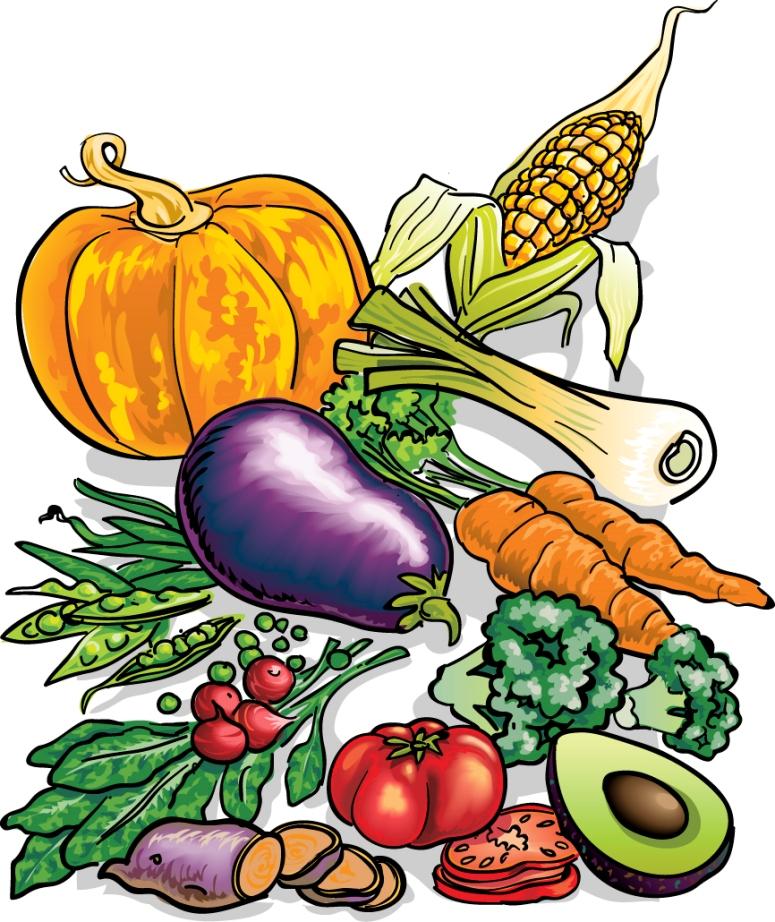Cultural food clip art serves as a vibrant repository of visual elements that encapsulate the culinary traditions of various societies around the world. The juxtaposition of artistry and gastronomy can evoke emotions, convey information, and bridge the understanding of different cultures through the universal language of food. This article delves into the myriad dimensions of cultural food clip art, offering insights into its significance, variety, and application across different platforms.
The principal significance of cultural food clip art lies in its ability to celebrate culinary diversity. Visual representations can amplify the appreciation of traditional dishes, ingredients, and dining customs. A simple image can ignite curiosity and foster a desire to explore unfamiliar cuisines. Through clip art, one can introduce exotic elements to everyday designs, whether in educational materials, promotional content, or decorative arts. The role of clip art in these contexts emphasizes the importance of visually conveying stories and heritage.
The diversity of cultural food clip art is immense. It spans across numerous culinary traditions, featuring items like sushi from Japan, tacos from Mexico, curry from India, and pastries from France. Each piece of clip art is imbued with cultural significance. For example, rice, a staple in many Asian cultures, symbolizes sustenance and life, while bread, prevalent in European regions, often signifies community and sharing. Such associations enhance the depth of understanding that can be derived from these illustrations.
Moreover, cultural food clip art often incorporates traditional motifs and symbols associated with specific regions. For instance, Indian food clip art might showcase the intricate designs of spices or traditional utensils, while Mediterranean styles may highlight olive branches or vibrant vegetable arrangements. These motifs serve not only as icons of their respective cuisines but also as connectors of history and tradition. They reflect the agricultural practices, seasonal harvests, and regional variations that define each culinary landscape.
In the digital realm, the application of cultural food clip art is multifaceted. In educational settings, teachers leverage these images to foster multicultural awareness among students. Visual aids can transform a mundane lesson into an engaging exploration of world cultures. For instances involving student projects on international cuisines, clip art can add visual interest and authenticity, enhancing presentations and reports. In this way, food clip art becomes a pedagogical tool, enriching the learning experience.
Marketing and branding also benefit significantly from cultural food clip art. Businesses within the food industry utilize these graphics to encapsulate their brand identity. Restaurants can particularly harness the power of imagery to communicate their culinary ethos. For instance, an Italian eatery may employ clip art featuring classic pizzas and pastas to evoke a sense of authenticity and tradition. By integrating cultural imagery in branding, businesses can convey a narrative that resonates with consumers, establishing an emotional connection and attracting a dedicated clientele.
Additionally, cultural food clip art finds a substantial place in the realm of social media. As platforms become increasingly visual, the demand for striking imagery continues to rise. Users and businesses alike utilize food clip art to create eye-catching posts that generate engagement. This is particularly relevant in the context of food blogging or culinary content creation, where the right visual elements can significantly influence audience reach and interaction. Posts adorned with appealing illustrations can capture attention, spark interest, and encourage sharing.
The realm of culinary arts is also interwoven with the representation of food in popular culture, where clip art emerges as a narrative generator. Iconic dishes have transcended their culinary origins to become symbols of broader cultural movements. Think of how the depiction of soul food evokes narratives of resilience and community; clip art can encapsulate these themes succinctly. Such representations not only celebrate the appetizing nature of the food but also engage with deeper cultural conversations that resonate with audiences.
Furthermore, the artistic style of food clip art varies significantly, ranging from hyper-realistic depictions to whimsical, cartoonish renditions. This diversity allows for adaptability in various contexts. A more realistic clip art may suit educational materials or cookbooks, while a playful style may be more appropriate for children’s activities or informal dining establishments. The choice of style plays an integral role in defining how the audience perceives the content and its associated themes.
However, it is important to approach the utilization of cultural food clip art with sensitivity. As with any representation of culture, it requires an understanding of the context and significance behind each image. Misrepresentation can perpetuate stereotypes and diminish the richness of cultural narratives. Therefore, creators should engage in responsible practices when employing cultural visuals, ensuring respect for the traditions and values encapsulated within them.
The digital age presents unique opportunities for the creation and distribution of cultural food clip art. Artists can develop diverse representations of food, with increasing ease of accessibility through online platforms. Furthermore, copyright considerations are crucial within this landscape; creators must navigate intellectual property rights to ensure ethical use of images. Collaborative efforts can enhance diversity in representation, allowing for a multifaceted visual dialogue that promotes understanding across cultures.
In conclusion, cultural food clip art serves as a profound medium through which the culinary traditions of societies are visually articulated. With myriad applications across education, marketing, and popular culture, it creates an engaging tapestry that invites exploration and appreciation. As cultural enthusiasts engage with these illustrations, a deeper understanding of world cuisines can flourish, fostering a collective respect for the stories that food embodies. The illustrative power of cultural food clip art transcends mere decoration; it is a celebration of humanity’s rich culinary heritage.
